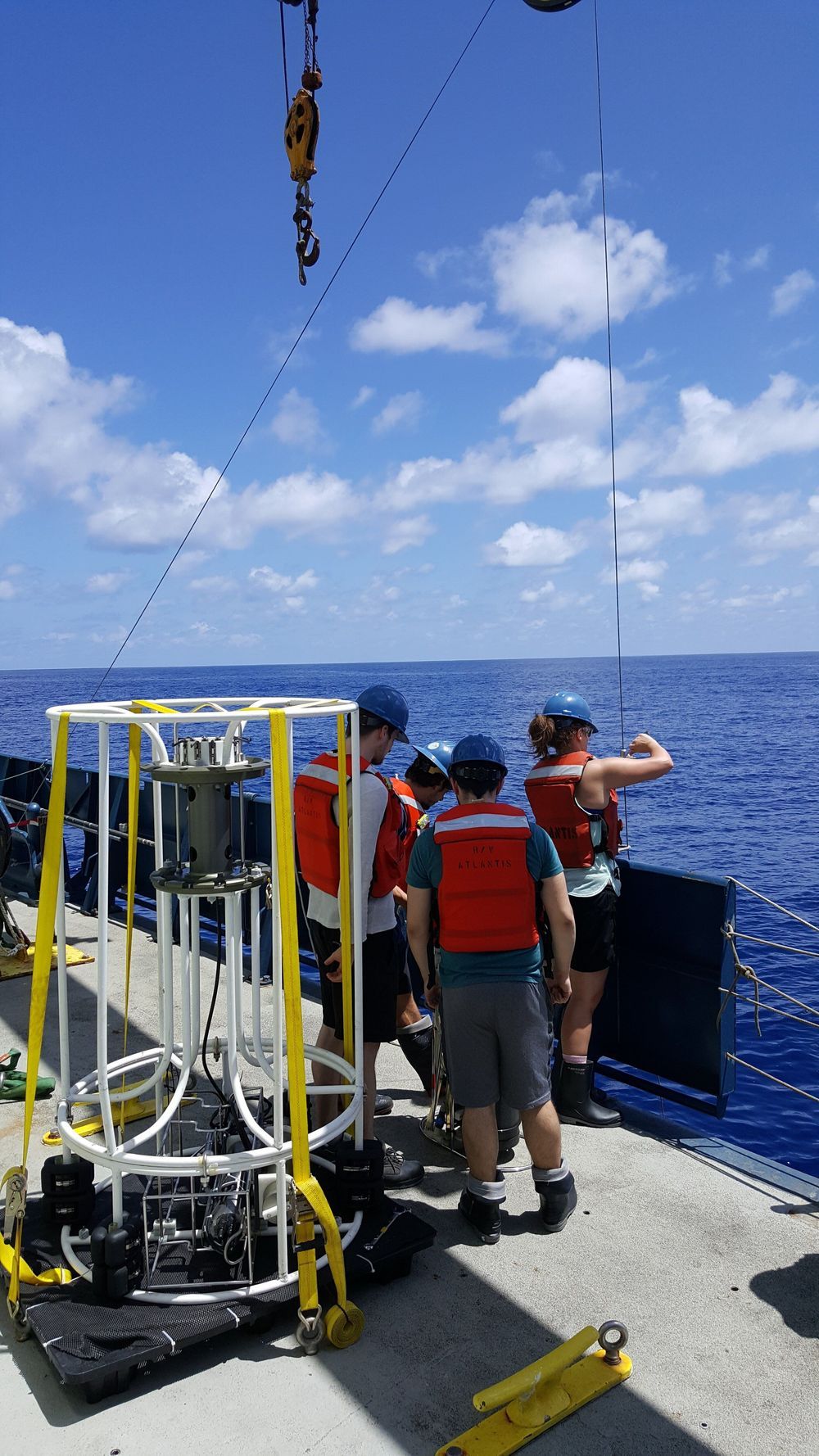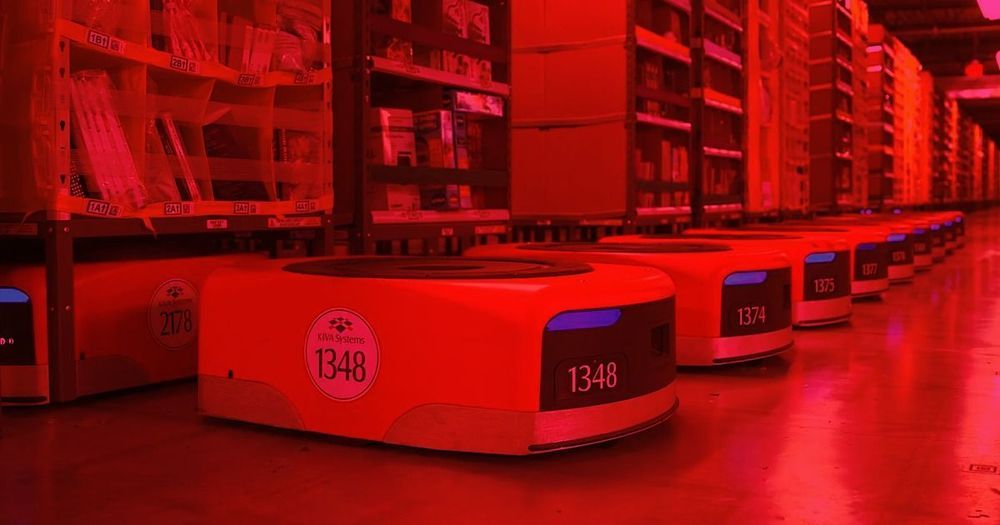Your package could arrive one day sooner.




Arsenic is a deadly poison for most living things, but new research shows that microorganisms are breathing arsenic in a large area of the Pacific Ocean. A University of Washington team has discovered that an ancient survival strategy is still being used in low-oxygen parts of the marine environment.
“Thinking of arsenic as not just a bad guy, but also as beneficial, has reshaped the way that I view the element,” said first author Jaclyn Saunders, who did the research for her doctoral thesis at the UW and is now a postdoctoral fellow at the Woods Hole Oceanographic Institution and the Massachusetts Institute of Technology.
The study was published this week in the Proceedings of the National Academy of Sciences.
In our final episode of Crash Course Engineering we are going to take all the tools and ideas we’ve discussed throughout this series and try to imagine where we’re headed. We’re going to explore some of the biggest problems that today’s engineers are trying to solve and make some guesses about what the future of the field might look like.
Crash Course Engineering is produced in association with PBS Digital Studios: https://www.youtube.com/playlist?list=PL1mtdjDVOoOqJzeaJAV15Tq0tZ1vKj7ZV
RESOURCES:
http://www.engineeringchallenges.org/
https://www.wired.com/2016/03/inside-cunning-unprecedented-h…ower-grid/
https://www.ncbi.nlm.nih.gov/pmc/articles/PMC3866520/
***





Circa 2018
Researchers at the National Institute of Standards and Technology in Boulder, Colorad, o have built an atomic clock capable of telling the time with an astonishing 18 digits of precision. It’s the most accurate clock ever created. This is why it could turn out to be extremely useful.